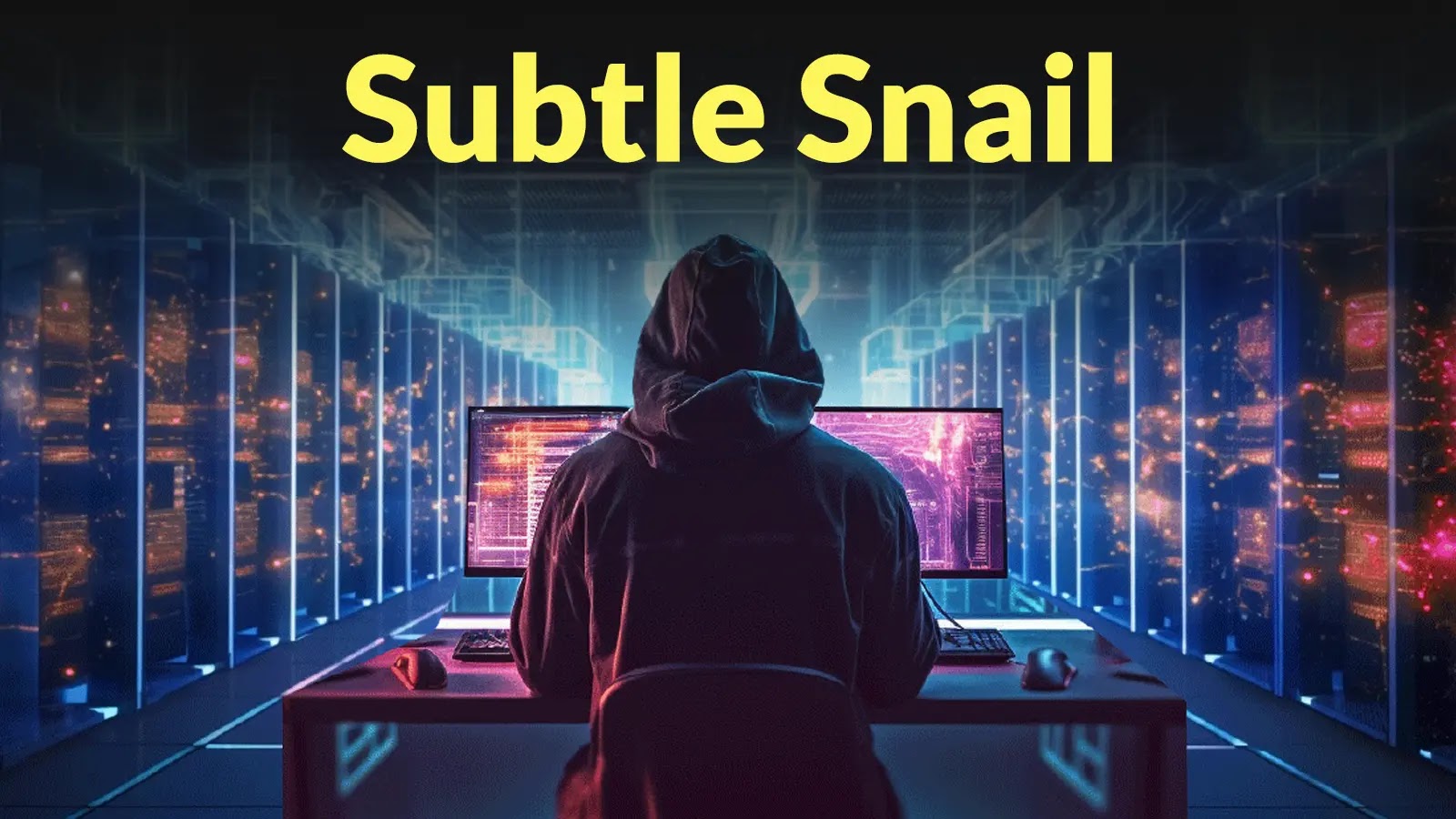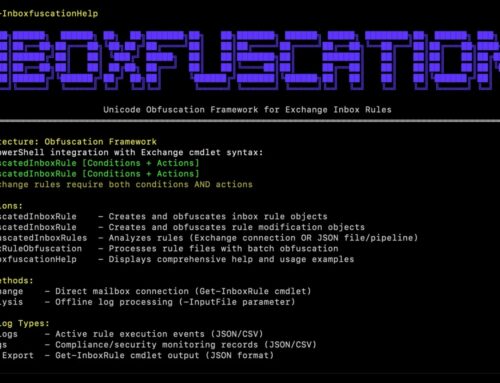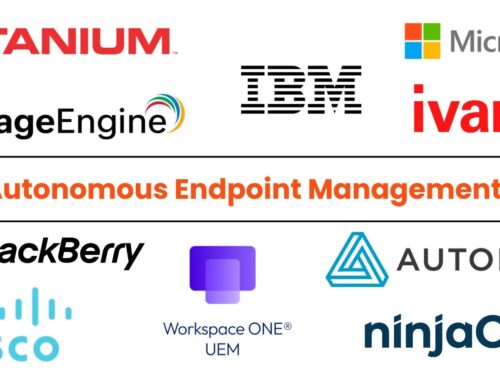
Subtle Snail Mimic as HR Representatives to Engage Employees and Steal Login Credentials
The Deceptive HR: Unmasking Subtle Snail’s Social Engineering Ploy
Imagine receiving a message from an HR representative, offering an exciting career opportunity. It looks legitimate, the offer is enticing, and the communication seems professional. You click a link, fill out a form, and suddenly, your organization’s sensitive data is compromised. This isn’t a hypothetical scenario; it’s the modus operandi of a highly sophisticated Iran-nexus espionage group known as Subtle Snail. Also identified as UNC1549 and linked to the broader Unyielding Wasp network, this threat actor has demonstrated a chilling effectiveness in targeting European telecommunications, aerospace, and defense organizations.
Their weapon of choice? An elaborate, recruitment-themed social engineering campaign designed to engage employees and subtly steal their login credentials. Since June 2022, Subtle Snail has successfully infiltrated 34 distinct devices across 11 organizations, highlighting a significant and ongoing threat that demands our immediate attention as cybersecurity professionals.
Subtle Snail: A Profile of Deception
Subtle Snail’s operations underscore a growing trend of nation-state-backed groups leveraging advanced social engineering tactics. Their targets are not random; they meticulously focus on sectors critical to national infrastructure and defense, making their breaches particularly concerning. The initial lure often involves seemingly legitimate recruitment notices or job offers, crafted to appear as if coming directly from a trusted HR department or a reputable recruiting agency.
This group’s success lies in its ability to build trust and exploit human psychology. They understand that individuals are often eager for career advancement or new opportunities, making them more susceptible to well-crafted phishing attempts. Their methods demonstrate a high degree of operational sophistication, extending beyond simple email blasts to sustained engagement designed to extract sensitive information.
The Anatomy of a Subtle Snail Attack
The core of Subtle Snail’s strategy revolves around mimicking HR representatives. This approach offers several advantages for the attackers:
- High Trust Factor: Messages from HR are generally perceived as legitimate and important, leading to higher engagement rates compared to generic phishing emails.
- Information Gathering: Recruitment processes inherently involve asking for personal and professional details, which attackers can then leverage for further social engineering or credential harvesting.
- Credential Theft: The ultimate goal is often to trick employees into providing their login credentials, usually through cleverly designed fake login pages that mirror legitimate organizational portals.
- Lateral Movement: Once inside, stolen credentials allow Subtle Snail to move laterally within the network, escalate privileges, and exfiltrate data, disrupting operations and compromising sensitive information.
This isn’t merely about sending a malicious link; it’s about establishing a deceptive dialogue that slowly but surely leads the victim down a path of compromise. The reference link provided by Cyber Security News further elaborates on the depth of their campaign, confirming their focus on strategic industries.
Remediation Actions and Proactive Defense
Combating sophisticated social engineering campaigns like those employed by Subtle Snail requires a multi-layered defense strategy focusing on technology, processes, and people. Simply relying on firewalls and antivirus software is no longer sufficient.
- Robust Security Awareness Training: Regularly educate employees on the latest social engineering tactics, including spear phishing, whaling, and credential harvesting. Emphasize the importance of verifying sender identities, even for internal-looking communications.
- Implement Multi-Factor Authentication (MFA): MFA is a critical barrier against stolen credentials. Even if a password is compromised, MFA can prevent unauthorized access. Explore options like hardware tokens or biometric verification for enhanced security.
- Email Security Gateways: Deploy advanced email security solutions that can detect and block sophisticated phishing attempts, including those using spoofed sender addresses or malicious attachments.
- Endpoint Detection and Response (EDR) Systems: EDR solutions can help detect suspicious activities on endpoints, such as unauthorized access attempts or the execution of malicious scripts, even if initial entry was successful.
- Network Segmentation: Limit the blast radius of a potential breach by segmenting your network. This makes it harder for attackers to move laterally and access critical systems if one part of the network is compromised.
- Regular Penetration Testing and Red Teaming: Proactively test your organization’s defenses against social engineering attacks. This helps identify weaknesses in your security posture and employee awareness before a real attack occurs.
- Incident Response Plan: Develop and regularly test a comprehensive incident response plan. Knowing how to react swiftly and effectively reduces the impact of a successful breach.
- Conditional Access Policies: Implement policies that restrict access to sensitive resources based on user, device, location, and risk factors.
- Zero Trust Architecture: Move towards a Zero Trust model, where no user or device is inherently trusted, regardless of whether they are inside or outside the network.
Key Takeaways: Fortifying Defenses Against Evolving Threats
The emergence of Subtle Snail as a persistent and effective threat underscores the critical need for organizations, especially those in telecommunications, aerospace, and defense, to bolster their defenses against sophisticated social engineering. Their tactic of mimicking HR representatives is a potent reminder that our greatest vulnerability often lies with our people, not just our technology.
By prioritizing comprehensive security awareness training, implementing robust technical controls like MFA and EDR, and fostering a culture of vigilance, organizations can significantly reduce their susceptibility to such attacks. Staying ahead of threat actors like Subtle Snail requires continuous adaptation, learning, and a proactive approach to cybersecurity.





